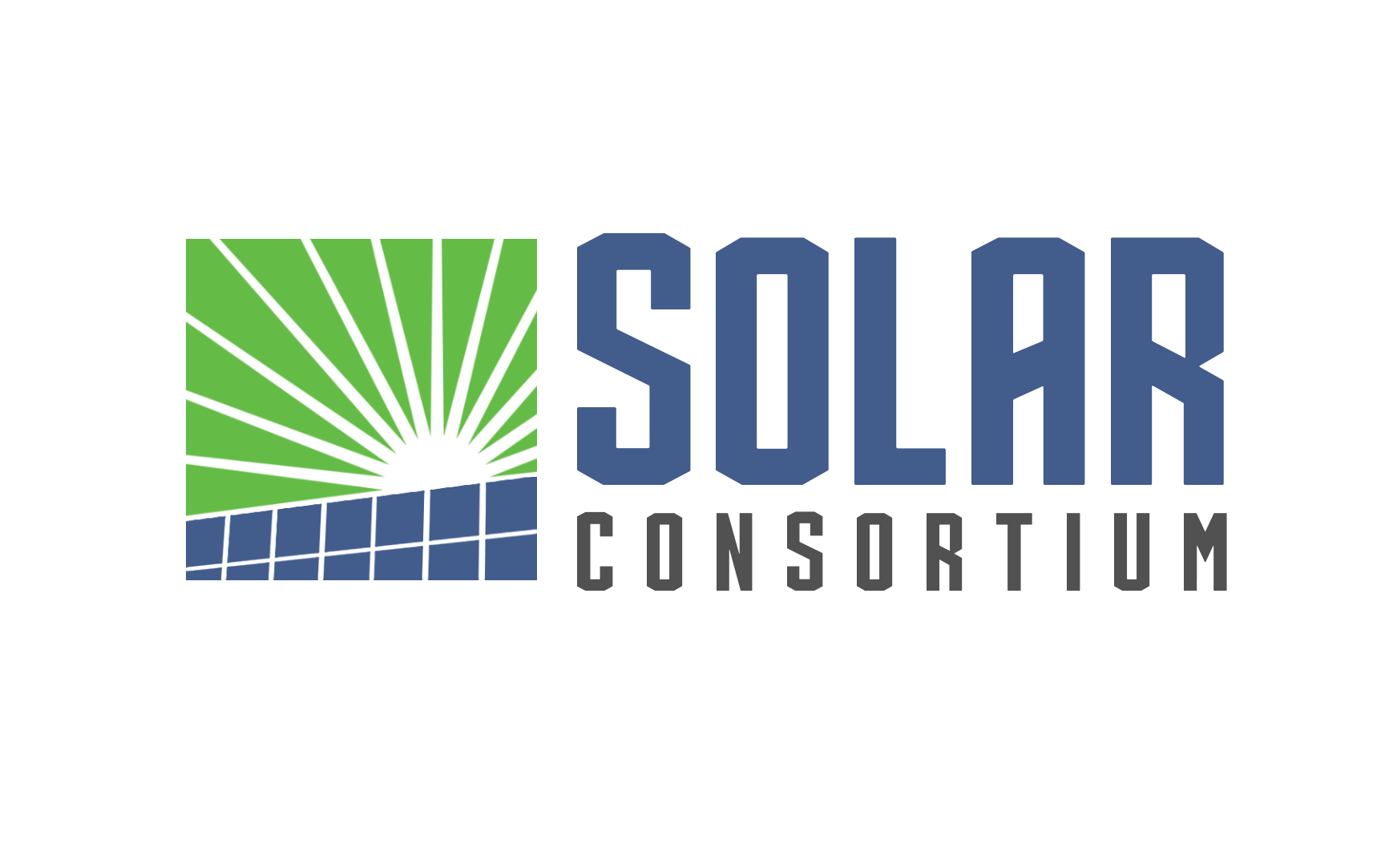Risks of using Nuclear power – A mini guide.
Nuclear energy is a source of energy that is based on a technology capable of exploiting the energy produced by the splitting of the atom by nuclear fission. It’s the same awe-inspiring technology that also yielded the scary and destructive weapons used in World War II, but now harnessed for generating power in a safer capacity.
Nuclear power plants ensure the production of electricity. But, as one might rightly expect, it comes with multiple risks. Here we concentrate on the risks of using nuclear power.
Carbon dioxide emissions.
We want to start with the good, so here’s one of the biggest positives to nuclear power. Nuclear energy makes it possible to produce electricity. This makes it possible to meet the electricity demand but does not fully solve the problem of a country’s energy supply. For example, in America, electricity consumption weighs about 100.2 quadrillions Btu. The electric carrier satisfies most of the needs of advanced society but not all (e.g., fuel for transportation, fuel for heating, etc.). Moreover, such a plant’s operation creates only 7 grams of CO2 for a kilowatt-hour produced against more than 1000 grams per kilowatt-hour for coal-fired power stations.
Nuclear power plant safety risks.
Nuclear power plants require a higher level of safety than other power plants as the environmental consequences are greater in the event of a disaster or accident. In history, we remember, in particular, the nuclear accident at the Soviet Chernobyl power plant in 1987 and the nuclear disaster at the Japanese Fukushima power plant in 2011.
It has the potential that power plant integrity that can be comprised by terrorist attacks
We live in an age where few people can do great harm to humanity. The memory of the tragedy of 11 September 2001 at the World Trade Center’s skyscrapers was a severe shock for the entire Western society. The risk of nuclear power plants being taken as targets for acts of terrorism or as dirty bombs is very realistic. It is legitimate and rational to worry. New nuclear power plants will have to include this aspect from the design stage.
How to get rid of Nuclear waste.
Unfortunately, nuclear waste is another critical aspect and risk of nuclear power. They cannot be destroyed, and the only solution, for the moment, seems to be storage for thousands of years in geological or engineering repositories. The search for a safe deposit is among the main objectives of the EU and the US. Years of studies and large investments are required to identify storage solutions for hundreds of thousands of years.
The transport of nuclear waste and material is one of the most critical aspects of the “safety” issue. During transport, in addition to the opposition of the populations who will see trains or ships carrying radioactive loads pass near their homes, there is a risk of accidents and terrorist attacks. In Europe, special trains for the transport of nuclear waste are escorted by “tanks” and by mounted policemen. The train itinerary changes continuously without the knowledge of the populations residing near the railways. For these reasons, waste deposits should reside near nuclear power plants, thus avoiding the need to transport waste. Technological and scientific research has not yet found a way to destroy waste within nuclear power plants themselves.

1 thought on “Risks of Nuclear Power”